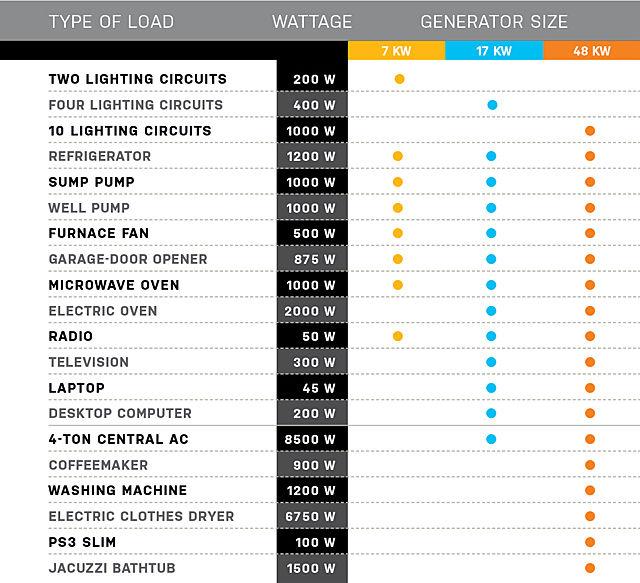What Size Generator To Power Refrigerator
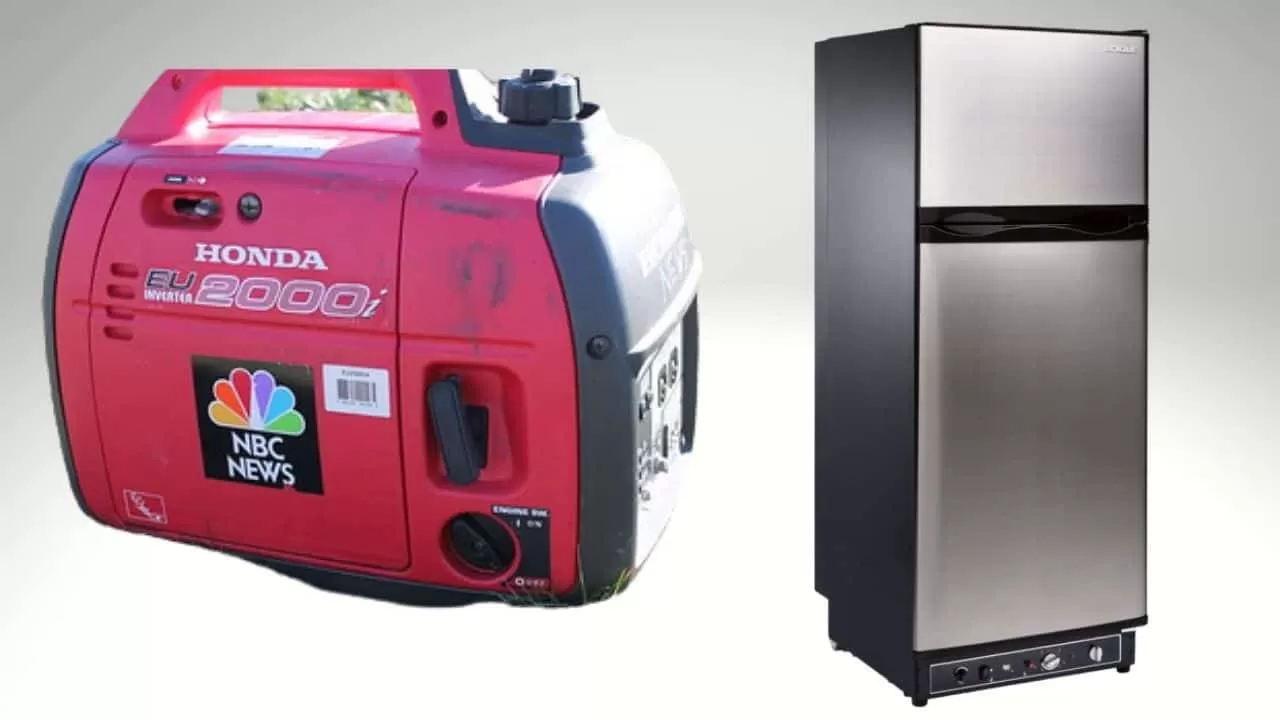
In the wake of increasingly frequent power outages, from severe weather events to strain on aging grids, the question of backup power has become paramount for homeowners. At the heart of this concern lies a fundamental need: keeping food safely refrigerated. But determining the right size generator to reliably power a refrigerator is more complex than it appears, requiring careful consideration of various factors that can dramatically impact the outcome.
Selecting the correct generator hinges on understanding the refrigerator's power consumption, accounting for its starting wattage surge, and factoring in other essential appliances one might wish to run simultaneously. This decision, often underestimated, can be the difference between a temporary inconvenience and a significant loss of perishable goods, potentially leading to foodborne illness and financial strain.
Understanding Refrigerator Power Consumption
Refrigerators don't consume a constant amount of power. Their energy usage fluctuates based on factors such as the model's age, energy efficiency rating, and ambient temperature.
Modern, energy-efficient refrigerators typically consume between 100 and 200 watts during normal operation. Older models, however, can easily draw 300 watts or more, according to data from the U.S. Department of Energy (DOE).
Consulting the refrigerator's energy guide label or the manufacturer's specifications is the most accurate way to determine its running wattage. This label provides an estimated annual energy consumption, which can be used to calculate the average wattage.
The Importance of Starting Wattage
The most critical factor often overlooked is the starting wattage, also known as surge wattage. Refrigerators, equipped with compressors, require a significant burst of power to start up.
This surge can be two to three times the running wattage, potentially reaching 600 to 900 watts for newer models and considerably more for older ones. Underestimating this surge can lead to generator overload, preventing the refrigerator from starting or even damaging the generator.
Generator manufacturers emphasize the need to select a generator with sufficient surge capacity to accommodate these momentary power spikes. Failure to do so is a common mistake, often resulting in frustration and wasted investment.
Calculating Total Power Needs
Determining the appropriate generator size involves more than just the refrigerator's wattage. Most homeowners want to power other essential appliances during an outage, such as lights, phone chargers, or a small fan.
Adding up the wattage requirements of all desired appliances provides a comprehensive picture of the total power demand. This calculation should include both running and starting wattages for each appliance.
A common error is to only consider the running wattage of all appliances, leading to an undersized generator that cannot handle the combined starting surge. This can lead to repeated tripping of the generator’s circuit breaker, or worse, damage to the generator itself.
Choosing the Right Generator Size
Once the total power needs are calculated, it's time to select a generator. It's advisable to choose a generator with a wattage rating that exceeds the calculated requirements by at least 10-20%.
This buffer provides a safety margin, ensuring that the generator can handle unexpected surges or fluctuations in power demand. It also prolongs the generator's lifespan by preventing it from running at full capacity continuously.
For example, if the total calculated power need is 1500 watts, a generator with a 1800-2000 watt rating would be a suitable choice.
Generator Types and Considerations
Generators come in various types, each with its own advantages and disadvantages. Portable generators are a popular choice for residential backup power, offering a balance of power output and portability.
Inverter generators are another option, providing cleaner power that is safer for sensitive electronics like computers and smartphones. They are also typically quieter and more fuel-efficient than traditional portable generators.
Standby generators, on the other hand, are permanently installed and automatically kick in during a power outage. These are more expensive but offer greater convenience and reliability.
Fuel Source and Run Time
Generator run time is determined by its fuel tank capacity and fuel consumption rate. Carefully consider the fuel source and availability during extended outages.
Gasoline-powered generators are readily available and relatively inexpensive, but gasoline can be difficult to store long-term and may be scarce during emergencies. Propane-powered generators offer a longer shelf life for fuel, but propane tanks require more space and planning.
Natural gas generators connect directly to a home's natural gas line, providing a continuous fuel supply. However, they require professional installation and are subject to natural gas availability.
Expert Opinions and Recommendations
Experts recommend consulting with a qualified electrician or generator specialist to determine the best generator size and type for specific needs. These professionals can assess a home's electrical load and provide tailored recommendations.
Consumer Reports and other product review organizations offer independent testing and ratings of generators, providing valuable insights into performance and reliability. These resources can help consumers make informed decisions based on objective data.
Local emergency management agencies often provide guidance on preparing for power outages, including recommendations on generator selection and safe operation. Following these guidelines ensures safety and minimizes risks.
Looking Ahead: The Future of Home Power Backup
The demand for reliable home power backup is expected to increase as climate change intensifies and grid infrastructure faces growing challenges. Advancements in battery technology and renewable energy sources are creating new options for backup power.
Solar-powered generators and battery storage systems are becoming increasingly popular, offering a clean and sustainable alternative to traditional generators. These systems can provide backup power during outages and reduce reliance on the grid.
Ultimately, choosing the right size generator to power a refrigerator, and other essential appliances, is a crucial step in preparing for unexpected power outages. By carefully considering power consumption, surge requirements, and available options, homeowners can ensure the safety and well-being of their families during emergencies.


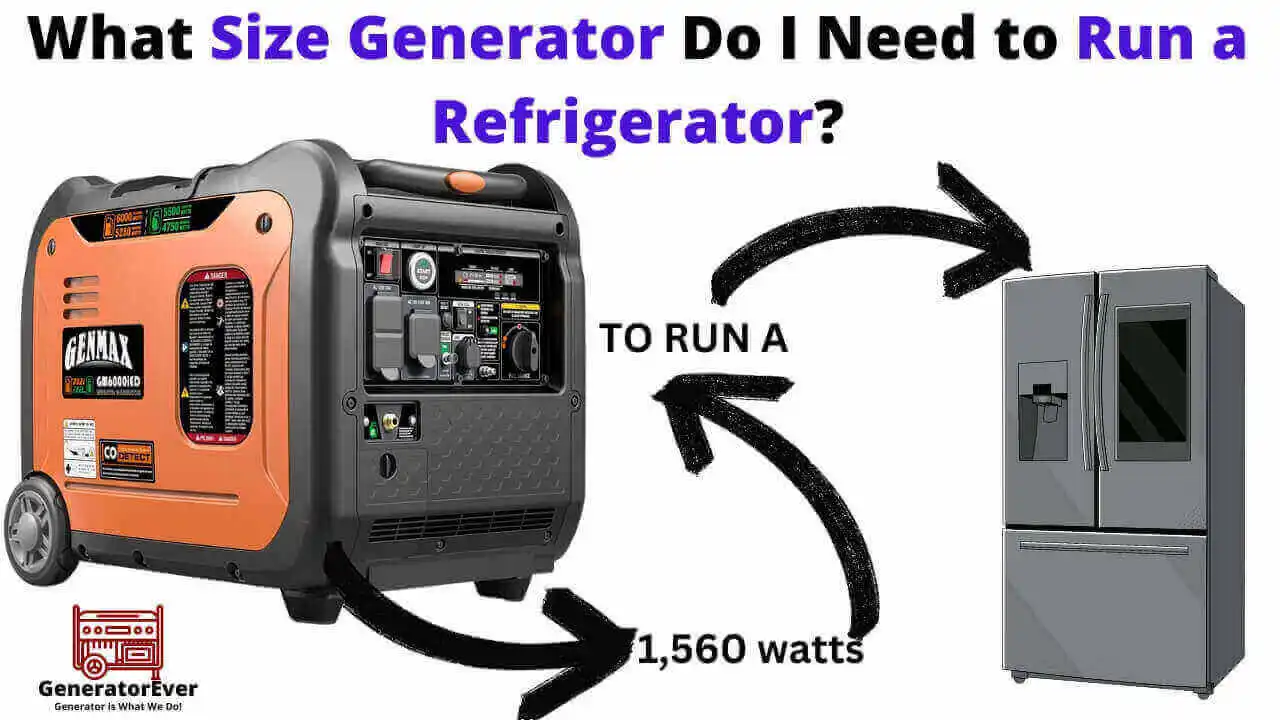
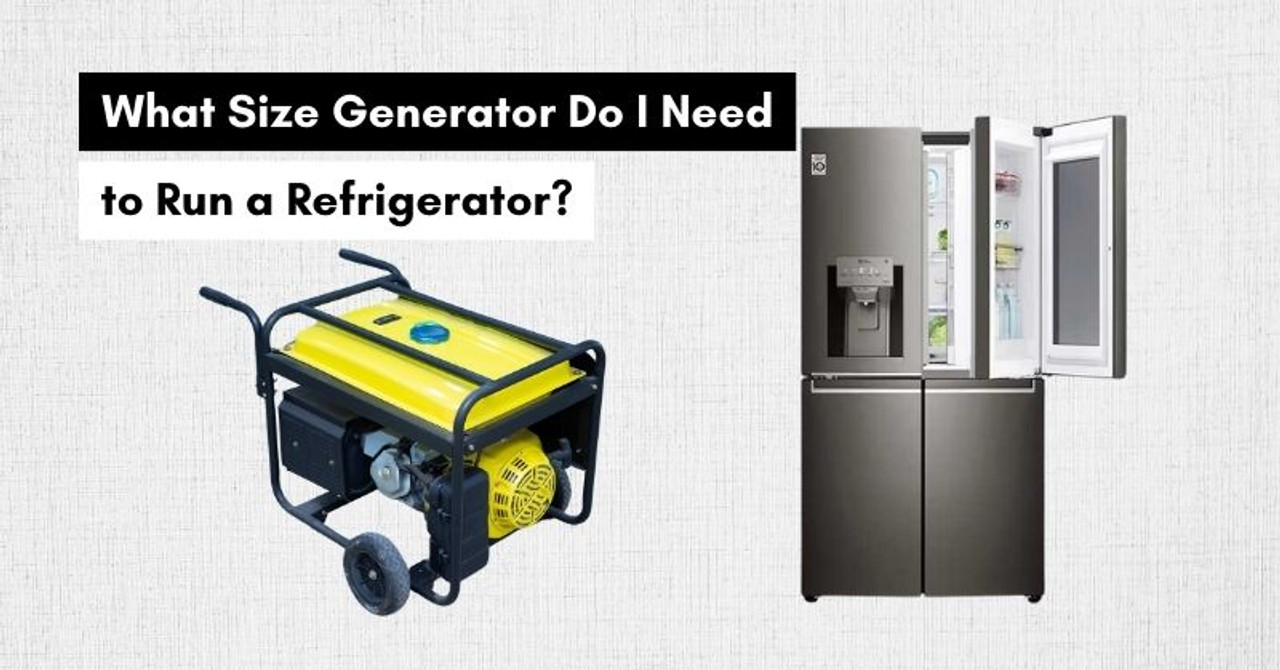
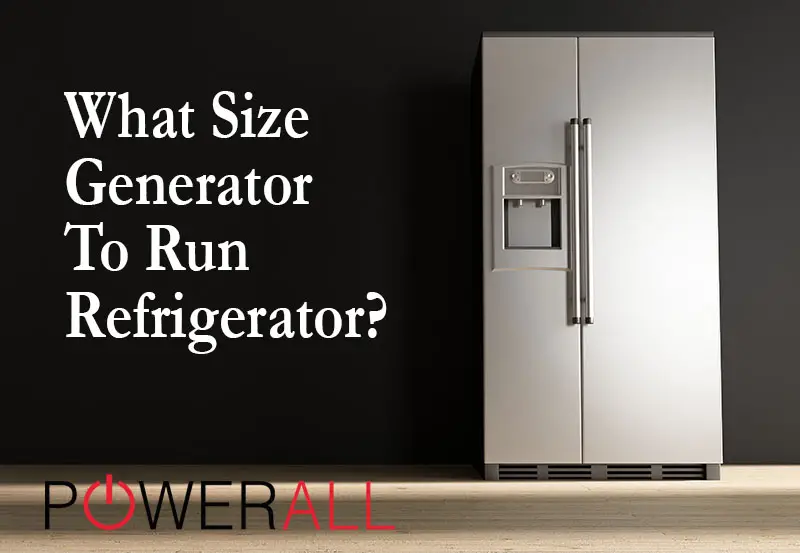


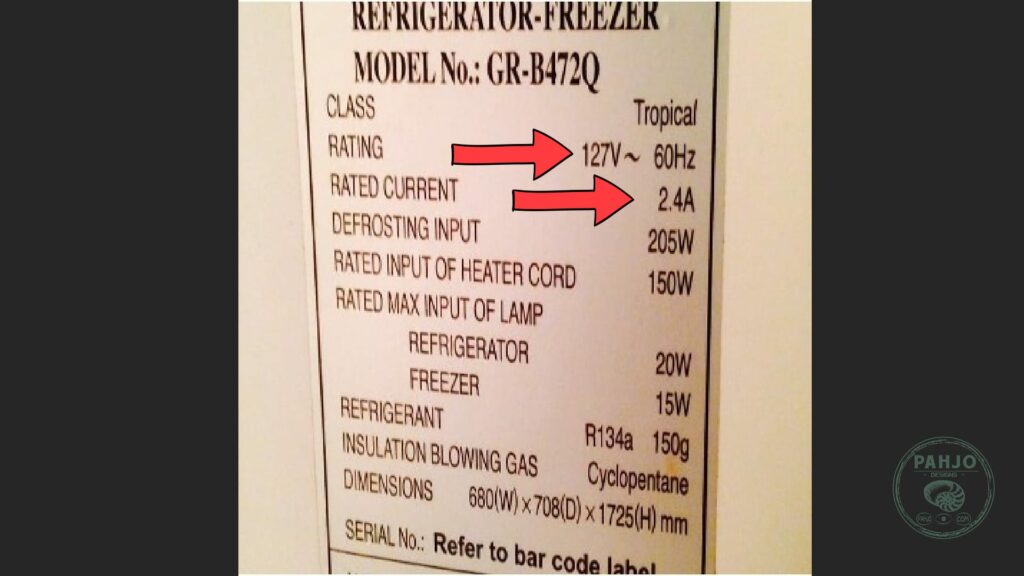
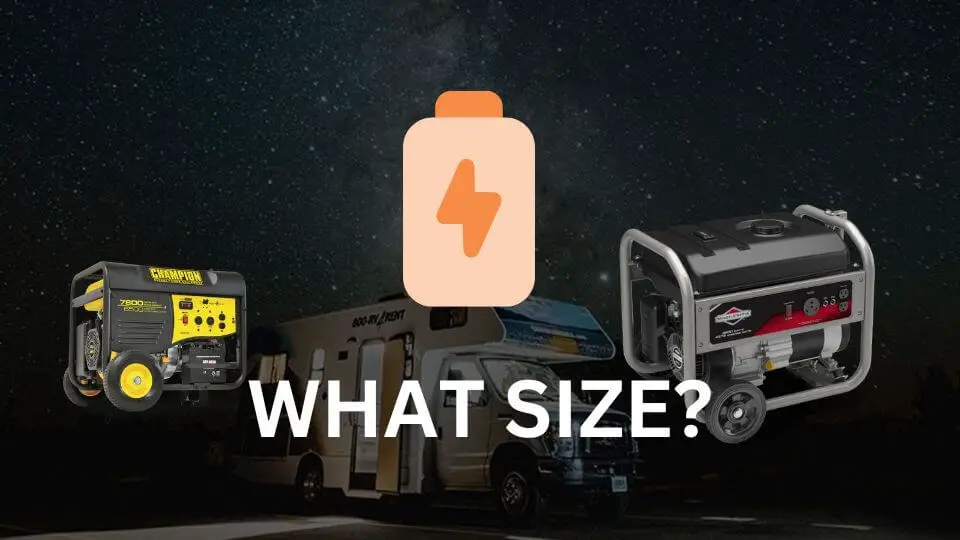
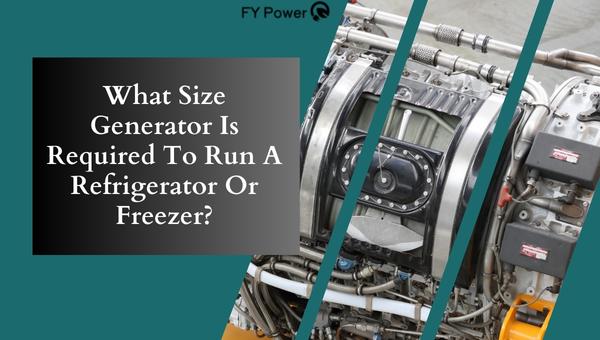


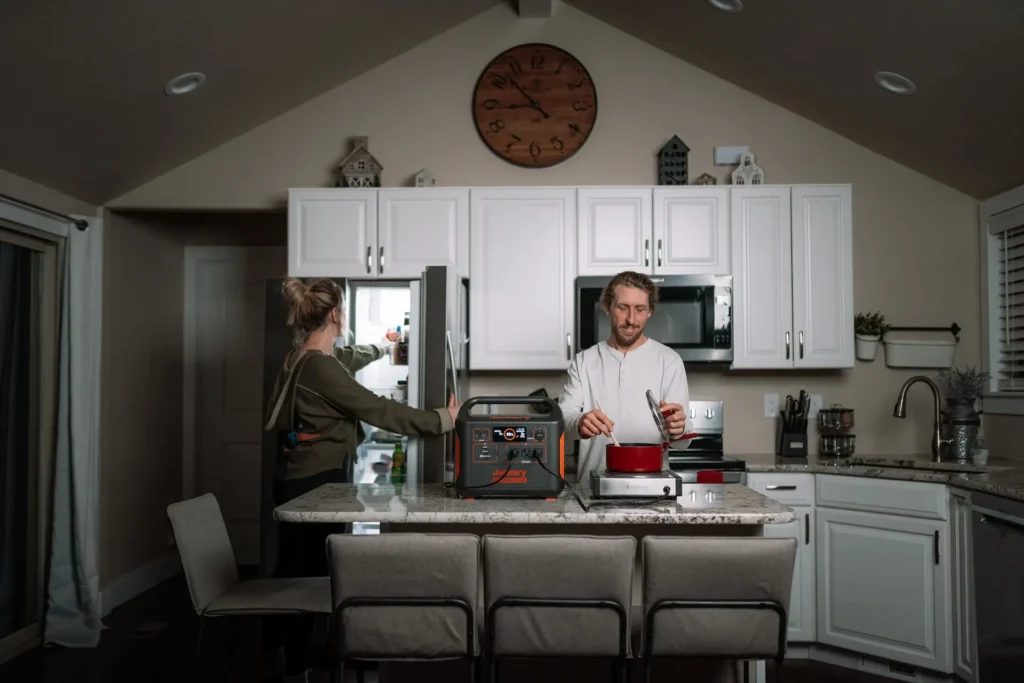

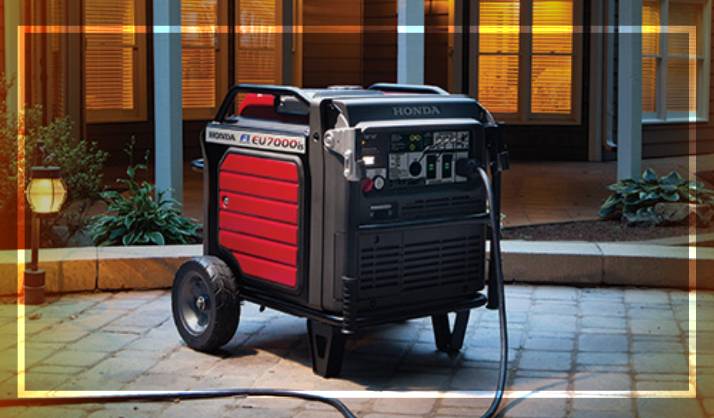
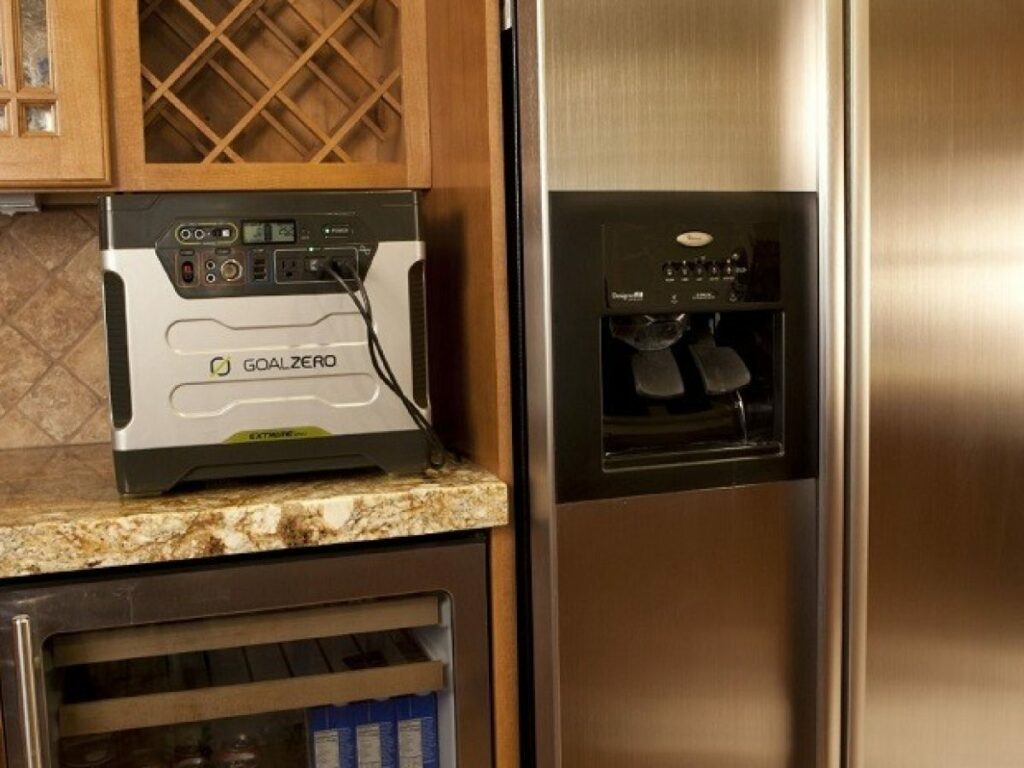
![What Size Generator To Power Refrigerator What Size Generator for Refrigerator & Freezer? [Expert Opinion]](https://biomachineslab.com/wp-content/uploads/2021/12/generator-for-refrigerator.jpg)
